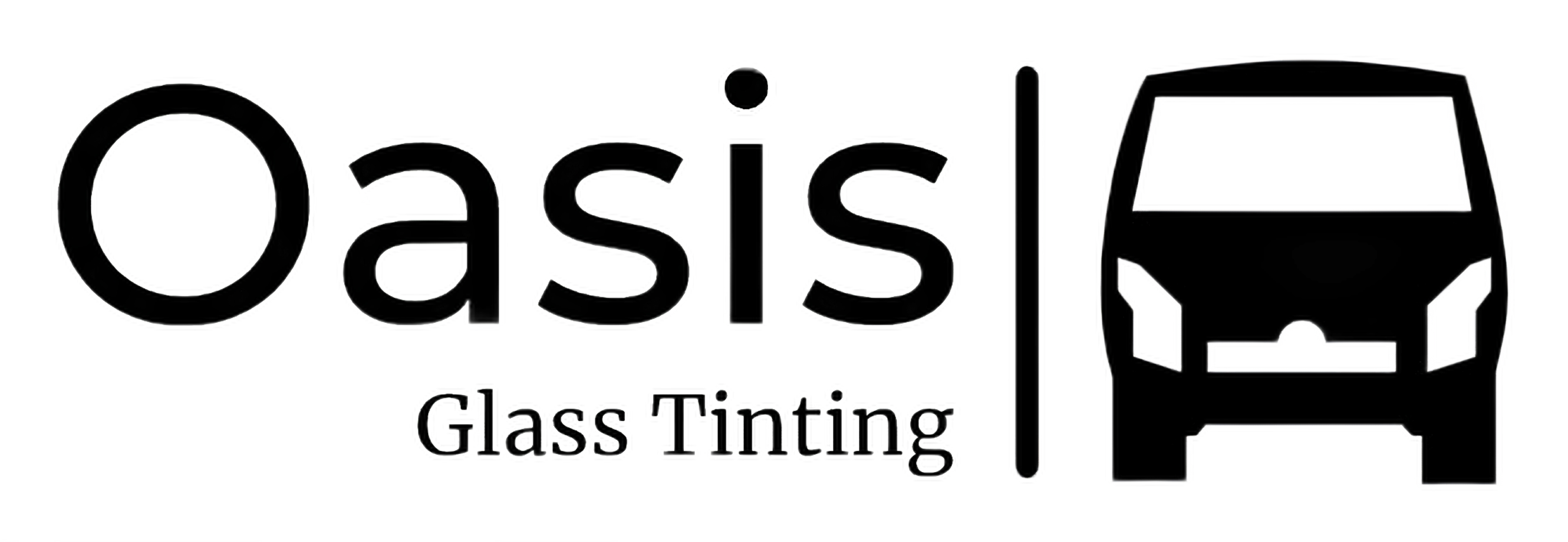The Difference With Tint

Ultra-Violet B
(280-315nm)

This form of UV light is so highly energetic that most of it collides with the atoms in the glass instead of passing through it. When UVB travels through glass, it loses 95% of its energy, but 5% still makes it through.
Instead of raw glass, modern cars use "safety glass" with a baked-in "low E" coating. When UVB passes through a "low E" coating car window, it loses an additional 25% of its energy. However, about 4% of UVB light still hits your eyes. For that reason alone, "low E" glass does not provide enough protection to keep your eyes safe from UVB damage. Many people use sunglasses with UV protection when driving to compensate for the lack of adequate UVB protection in most standard automobiles.
Fortunately, window tint is an aftermarket option that can reduce your window's total UV level to less than 1%. Not only does tint protect your eyes from UVB, but it also protects your skin. Additionally, when you have tinted windows, you no longer have to wear sunglasses or keep applying sunblock every two hours while you drive to protect yourself from UVB.
Ultra-Violet A
(315-400nm)

This lower-energy form of UV light can travel through windows very easily. UVA rays can avoid bumping into most of the glass atoms, so UVA doesn't lose much energy traveling through glass. UVA can pass through thin glass about as easily as visible light.
When UVA passes through untreated glass, 90% of its energy is unblocked. When UVA passes through a modern "low E" treated window, it only loses 25% of its total energy, with 75% of the UVA rays still passing through the window. Unfortunately, "low E" glass only provides minor protection from UVA damage to your eyes and skin. Since UVA can travel through glass very easily, you can still get a sunburn standing behind glass. That's why wearing sunglasses and using sunblock are advisable when driving a car with untinted windows, especially when the UV Index is greater than 3.
Fortunately, window tint is an aftermarket option that can reduce your window's total UV level to less than 1%. Unlike sunscreen or sunglasses, window tint protects both your eyes and skin from UVA. With good UVA protection, you can say goodbye to getting any more sun damage while driving.
Visible
(400-700nm)

The rays of visible light shine through windows very easily. Visible light radiation is too weak to interact with the atoms in glass. Since glass only blocks 10% of visible light, it is an excellent transparent material.
Modern car glass is treated with a factory "low E" coating, which effectively reduces visible light by about 25%. While a "low E" coating reduces visible glare, the protection it offers is a marginal improvement toward eye health. A bright reflection from another car's window could be as bright as 30,000 lumens, compared to staring at a flashlight with 100 lumens. To avoid eye damage, most people still have to rely on sunglasses to protect their eyes from the glare of visible light when driving.
Similar to sunglasses, window tint can easily filter out visible light. However, with window tint, you can customize the level of darkness that works best for you. There is a wide range of tinting options for visible light to give you the desired level of shade.
The "visible light transmission" or "opacity" is a percentage of how much visible light is not blocked by the tint. For example, if a tint film has a "visible light transmission" of 35%, then it blocks 65% of visible light.
Having tinted windows protects your eyes from unexpectedly harsh glare from other reflective surfaces that far exceeds the eye's operating range. The main reflective surfaces on the road are typically automobile glass, automobile chrome, and the surface of water bodies.
Infrared
(700nm-1,000,000nm)





